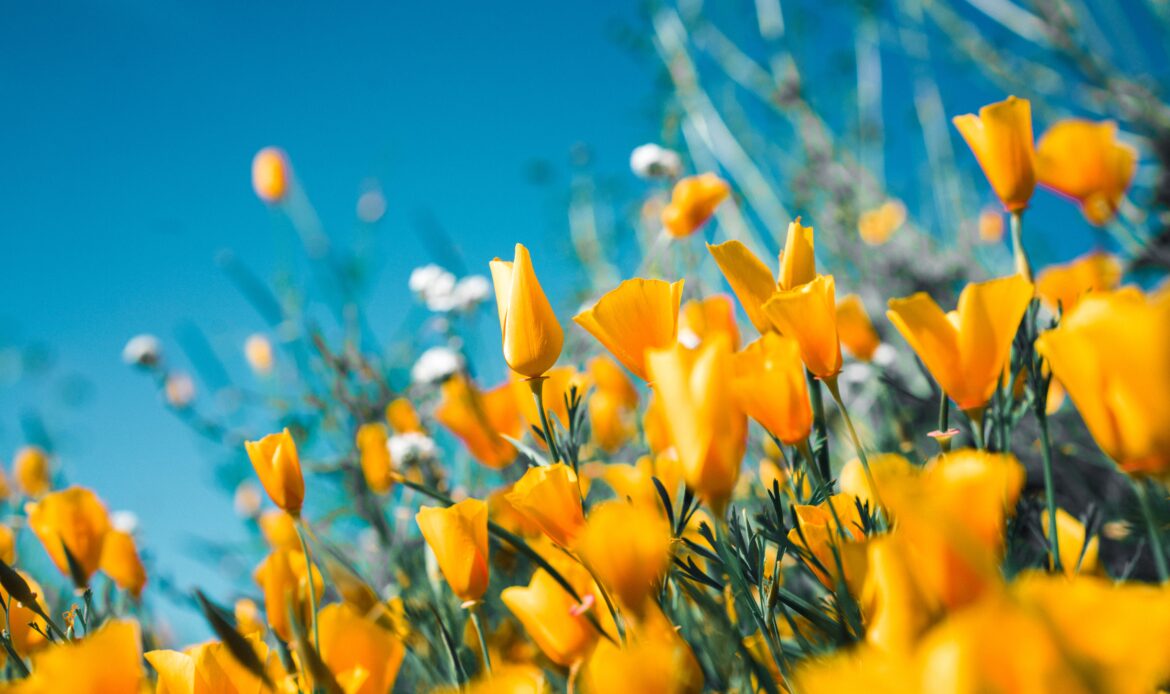Welcome to the enchanting world of English flowers! From rolling meadows to picturesque gardens, the UK (and specifically England) is home to a diverse array of beautiful blooms. In this article, we will take a closer look at the most common flowers found in this vibrant country. Flowers of specific distinctiveness or rareness are a wonderful way to increase the biodiversity of your land.
Understanding Floral Diversity in the UK
England’s unique climate and rich soil contribute to its diverse range of flowers. The country’s temperate maritime climate, with its mild winters and cool summers, provides the perfect conditions for a variety of plant species to thrive.
Furthermore, England’s diverse geography, which encompasses everything from lush valleys to rocky coastlines, allows for a wide range of floral habitats. From the southern regions with their sun-drenched landscapes to the northern areas with their cooler temperatures, there is an abundance of different ecosystems supporting a multitude of flowers.
One fascinating aspect of England’s floral diversity is the role that climate plays in shaping its flora. The temperate climate of England is characterized by mild winters and moderate temperatures throughout the year, creating an ideal environment for many delicate flowers to flourish. With a longer growing season and a wider range of flowering plants, England has become a haven for botanical enthusiasts.
Additionally, the frequent rainfall in England provides the necessary moisture for plants to thrive. This combination of climate and precipitation fosters an environment that is perfect for many types of flowers to grow and bloom. The lush green landscapes of England owe much of their vibrancy to the consistent rainfall that nourishes the floral tapestry.
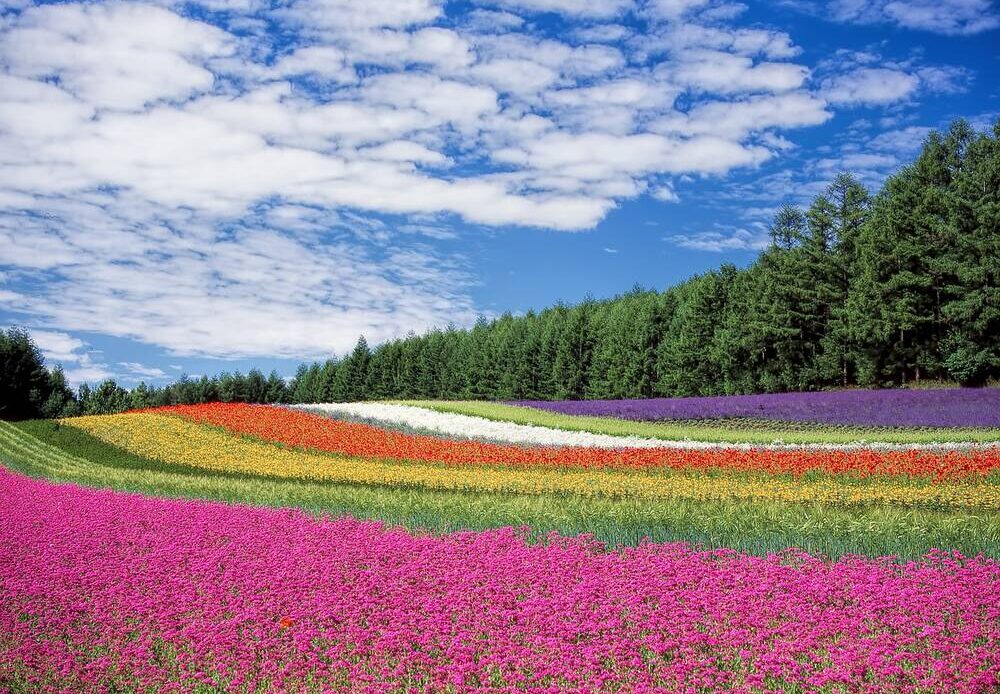
The Impact of Soil Types on Flower Distribution
Another factor that influences the distribution of flowers in England is the diverse range of soil types. From the fertile loam of the countryside to the sandy soil of the coastal regions, each type of soil provides unique advantages for specific flowers.
Some flowers, such as daffodils and bluebells, prefer well-drained soil, while others, like primroses and marsh marigolds, thrive in damp, moisture-retentive soil. The varied soil types across England contribute to the wide array of flowering plants that can be found throughout the country.
Furthermore, the composition of the soil affects nutrient availability, pH levels, and water retention capacity, which in turn influences the types of flowers that can grow in different regions. The alkaline soils of chalky downs, for example, support a range of wildflowers such as orchids, harebells, and cowslips, while acidic soils found in areas like the Scottish Highlands favour heather and bilberry.
Moreover, the geological history of England has also shaped its soil diversity. The different rock formations and sediment deposits in various regions have led to variations in soil composition, creating microhabitats that are conducive to specific floral species. For instance, the ancient limestone cliffs of the Yorkshire Dales provide an ideal environment for rare limestone-loving flowers like bloody cranesbill and rock rose.
In conclusion, England’s floral diversity is a result of the intricate interplay between its temperate maritime climate, diverse geography, and varied soil types. The mild winters, moderate temperatures, and ample rainfall create an environment that supports a wide range of flowering plants. Additionally, the different soil types across the country provide unique advantages for specific flowers, further enriching the floral tapestry of England. Exploring the diverse and captivating world of England’s flowers is a journey that reveals the intricate beauty of the natural world.
Top 10 Most Common Flowers in England
Now that we understand the factors that contribute to England’s floral diversity, let’s explore the top 10 most common flowers found in the country.
1. The English Rose: A Symbol of Beauty and Grace
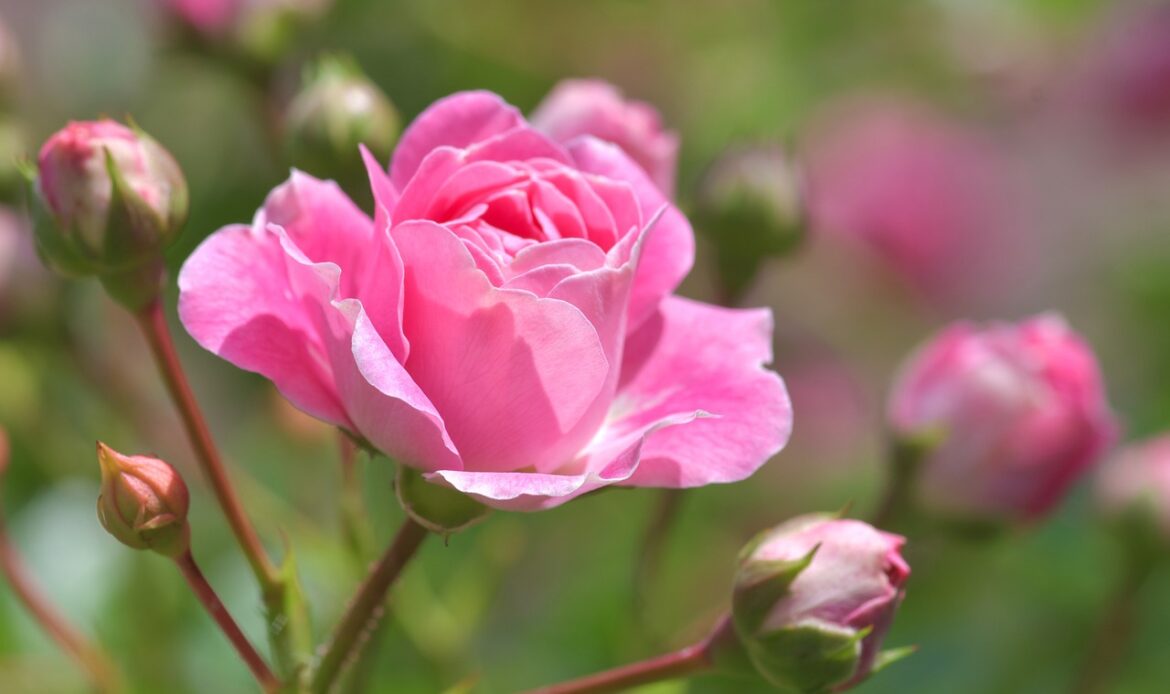
The English rose is perhaps the most iconic flower symbolizing England’s elegance and beauty. Known for its exquisite fragrance and velvety petals, the rose holds a special place in English culture and is often associated with romance and royalty.
2. Bluebells: A Sign of Spring
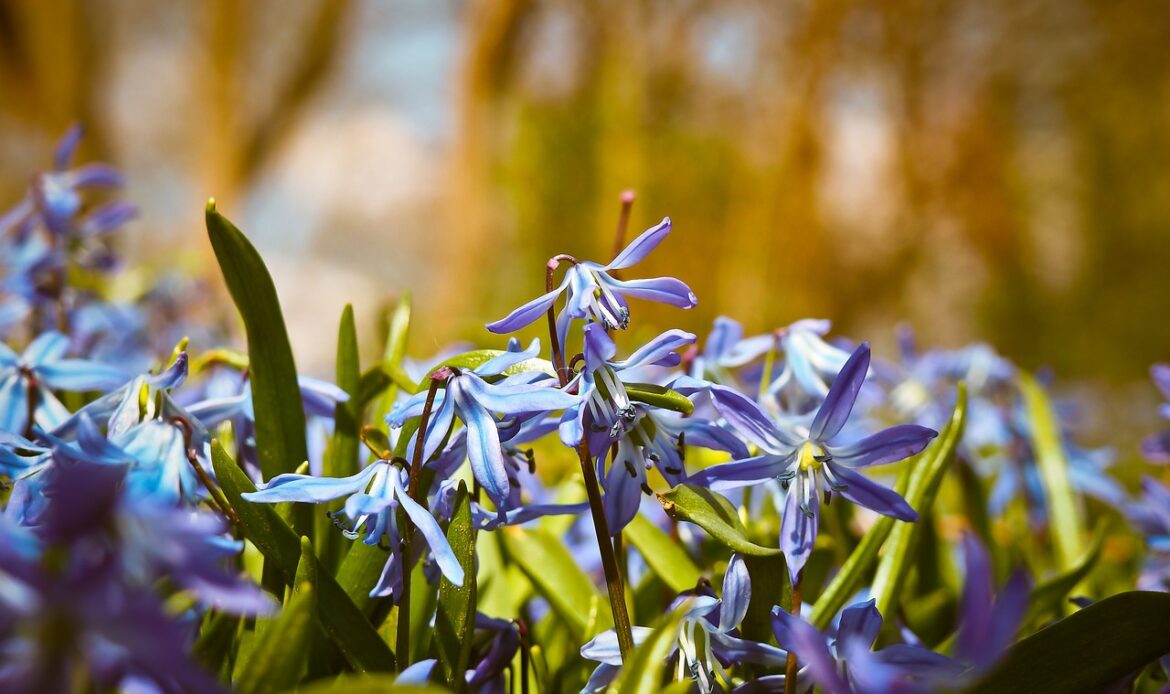
In springtime, English woodlands come alive with a carpet of bluebells. These delicate flowers create a breathtaking spectacle, painting the forest floor with hues of vibrant blue. Bluebells are considered a floral emblem of Britain and are protected by law.
3. The Poppy: A Remembrance Flower
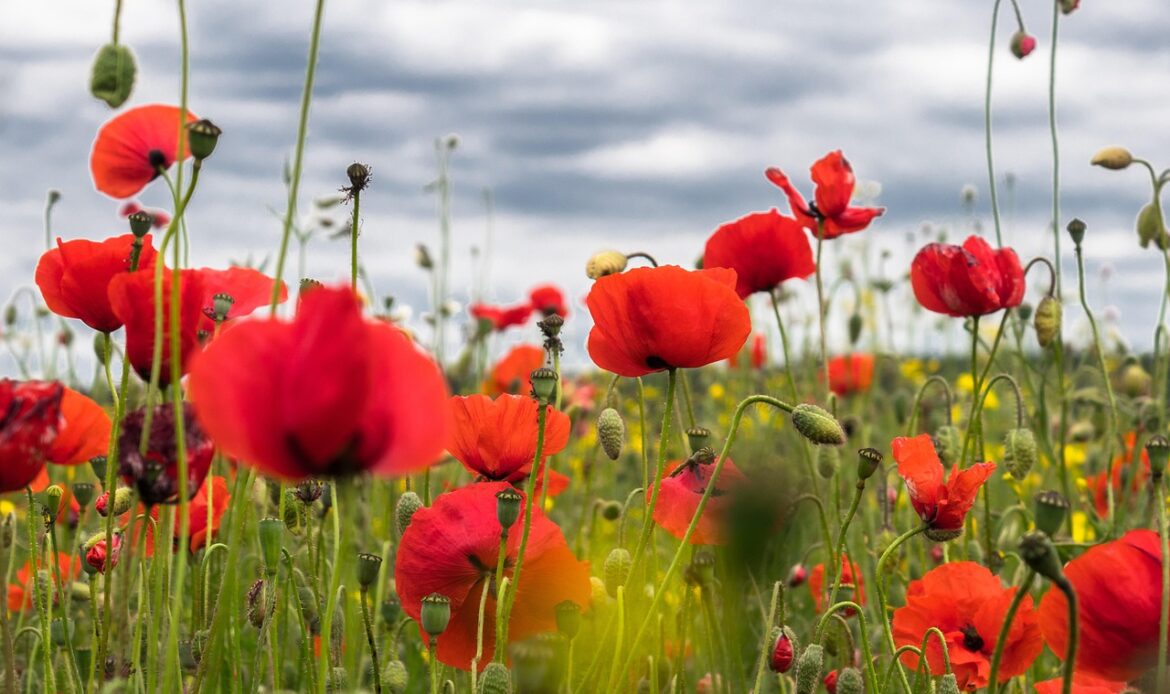
The poppy, with its vibrant red petals, is a symbol of remembrance in England. Each year, the nation commemorates the fallen soldiers of World War I and subsequent conflicts by wearing poppies. These flowers serve as a poignant reminder of sacrifice and honour.
4. The Daisy: A Common Sight in English Meadows

The daisy, with its simple yet charming appearance, is a familiar sight in English meadows. This cheerful flower adds a touch of whimsy to the countryside, as it blooms in abundance during the summer months. Daisies are often associated with childhood innocence.
5. The Daffodil: A Herald of Spring
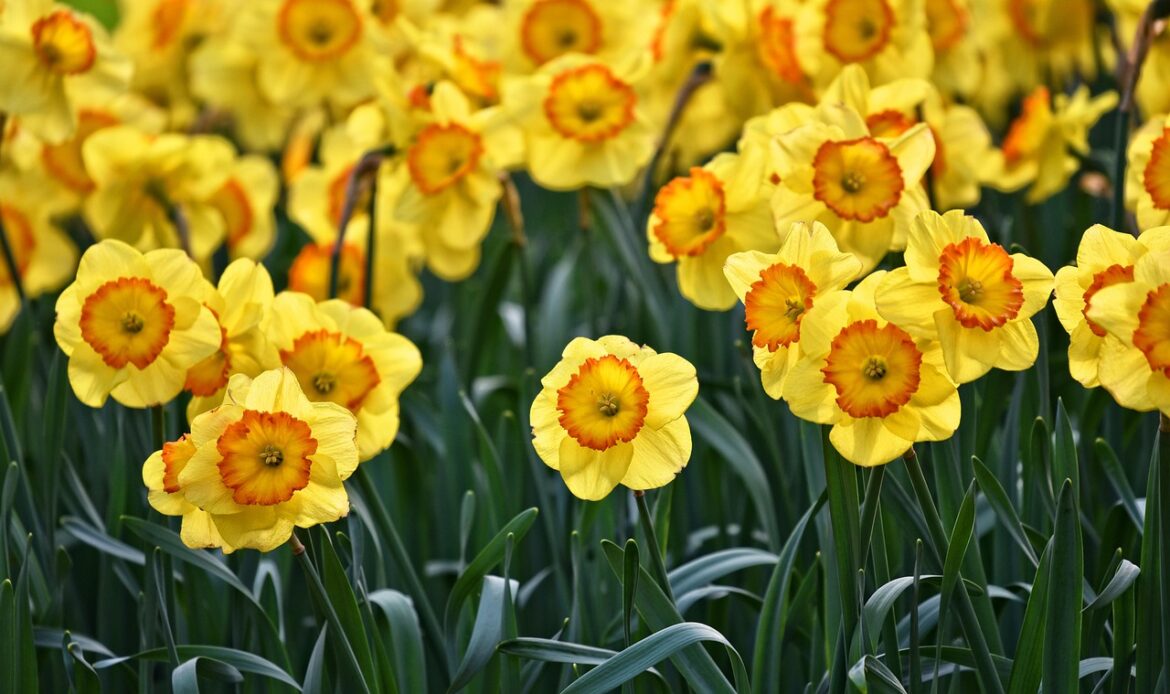
As winter gives way to the much-awaited spring, daffodils announce the arrival of a new season. These golden trumpets of joy blanket fields and gardens with their sunny blooms. Daffodils are renowned for symbolizing new beginnings and hope.
6. The Foxglove: A Wild Beauty
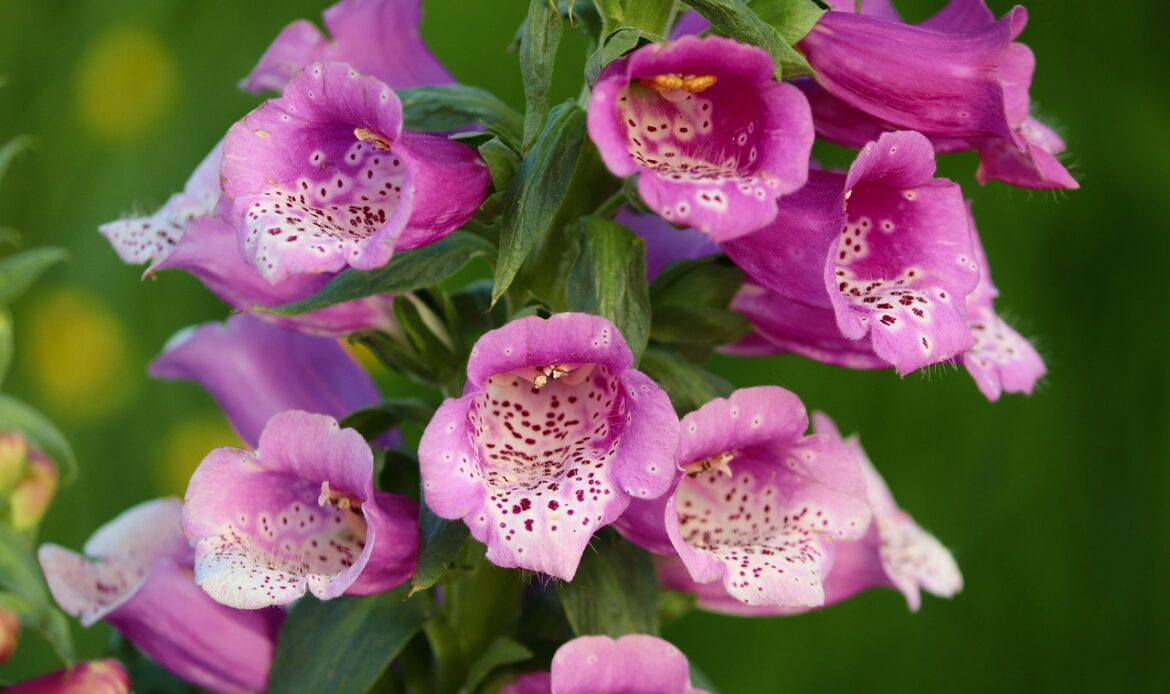
The foxglove is a stunning wildflower that graces the English countryside with its tall spikes of bell-shaped flowers. With their vibrant colours and unique pattern, foxgloves attract bees and other pollinators. These flowers have also been used medicinally for centuries.
7. The Primrose: A Woodland Wonder
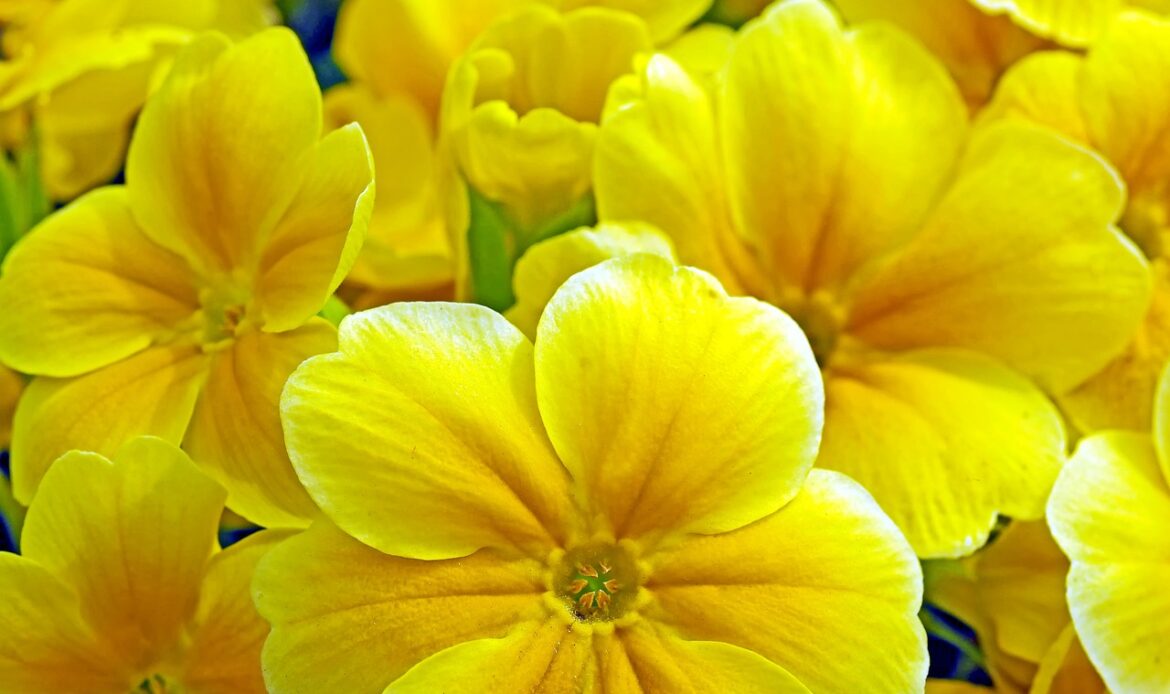
Primroses bring a touch of magic to England’s woodland areas. These delicate flowers, often found nestled among foliage, come in various shades of yellow and pink. Primroses are a favourite food source for caterpillars and are often associated with fairy folklore.
8. The Snowdrop: A Winter Bloomer
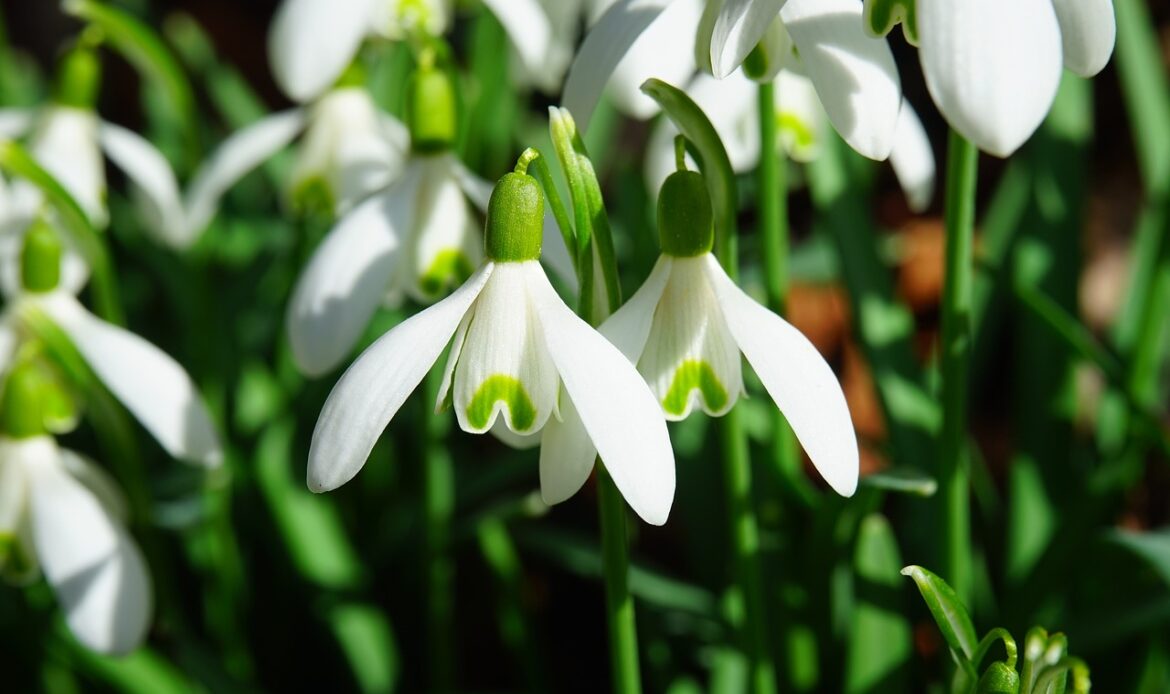
When winter still holds its icy grip, snowdrops emerge, delicate and dainty, pushing through the frozen ground. These resilient flowers bring a sense of hope and renewal as they appear, signalling the impending arrival of spring.
9. The Buttercup: A Field Favorite
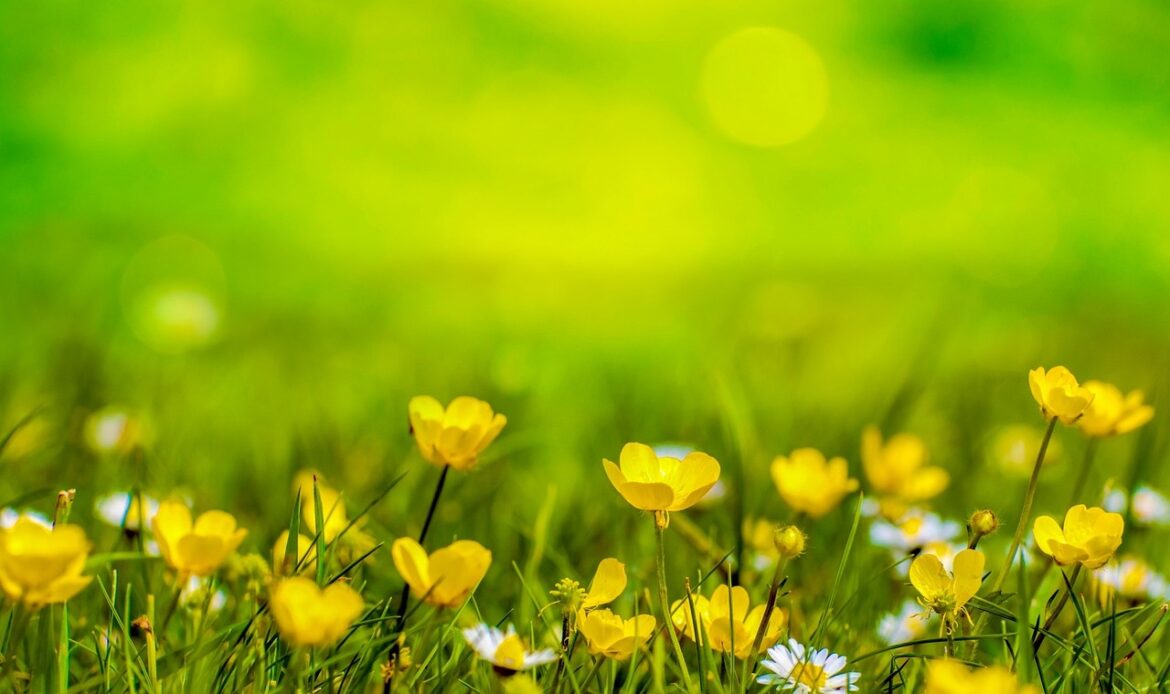
Fields across England come alive with vibrant hues of yellow when buttercups make their appearance. These cheerful flowers are known for their glossy petals and ability to bring joy to anyone’s day. Children often hold buttercups under their chins to see if they like butter!
10. The Hawthorn: A Hedgerow Hero

The hawthorn is a common sight in English hedgerows. This spiky shrub bursts into bloom during spring, covering itself in clusters of fragrant white flowers. Hawthorns provide a valuable source of nectar for bees and offer shelter for birds and small mammals.
The Role of Flowers in English Culture and Traditions
In addition to their natural beauty, the flowers of England hold deep cultural and traditional significance.
Flowers in English Literature and Poetry
English literature and poetry are rich with references to flowers. From the romantic sonnets of William Shakespeare to the elaborate descriptions in the works of the Brontë sisters, flowers have long inspired writers to evoke emotions and capture the essence of nature.
Flowers in English Folklore and Mythology
Flowers have also played a significant role in English folklore and mythology. Legends and tales are woven around certain flowers, giving them a deeper connection to the country’s folklore. For example, the mystical bluebell is believed to be the entrance to fairy realms.
Flowers in Traditional English Celebrations
Flowers take centre stage in various traditional English celebrations. From vibrant summer festivals to solemn remembrance services, flowers are used to convey emotions and mark important occasions. The sight of floral displays adorning streets and homes is a common sight during these events.
England’s love affair with flowers is evident in its diverse flora, cultural traditions, and rich history. Whether you stroll through beautifully manicured gardens or hike along meandering countryside paths, the enchanting world of English flowers awaits you, ready to captivate and inspire.

